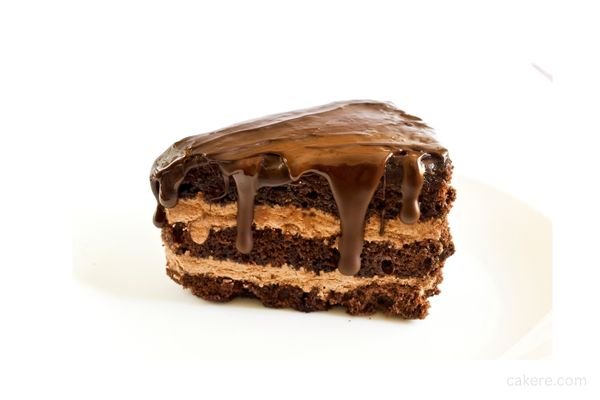Layer cake is a decadent dessert that has been enjoyed for centuries by people all around the world. With its towering layers of moist cake and rich, creamy frosting, it’s no wonder that this dessert has become a staple of celebrations, from birthdays to weddings and everything in between.
But where did this delicious dessert originate, and how has it evolved over time? In this article, we’ll take a closer look at the history of layer cake, tracing its origins back to ancient civilizations and exploring how it has become the beloved treat we know and love today.

Layer Cake through the Ages: From Ancient Times to the Present Day
The history of layer cake can be traced back to ancient civilizations, where sweetened breads and cakes were often layered with fruit and nuts to create a decadent treat. In ancient Egypt, for example, honey cakes were often layered with dates and nuts to create a dessert that was both sweet and satisfying. The Greeks and Romans also enjoyed layer cakes, which were often served at special occasions such as weddings and religious ceremonies.
Medieval Layer Cakes: A Symbol of Wealth and Status
During the Middle Ages, layer cakes became a symbol of wealth and status, as the ingredients needed to make them were expensive and only available to the wealthy. Layer cakes were often made with almond flour, honey, and spices, and were often decorated with elaborate designs and intricate icing patterns. These cakes were a symbol of the baker’s skill and were often used as a centerpiece at banquets and feasts.
The Modern Layer Cake: Innovation and Evolution
In the 19th century, with the rise of industrialization and the invention of baking powder, layer cake as we know it today began to take shape. Bakers were able to create lighter, fluffier cakes that could be layered with a variety of fillings and frostings. As transportation and communication improved, regional variations of layer cake emerged, each with its own unique flavor and style. Today, layer cake remains a popular dessert around the world, with countless variations and adaptations.
The Anatomy of a Layer Cake: From Cake to Frosting
The foundation of any layer cake is the cake layers themselves. These layers are typically made with flour, sugar, eggs, and leavening agents such as baking powder or baking soda. Depending on the recipe, additional ingredients such as milk, butter, or oil may be added to create a moist, tender cake.
The Fillings: A World of Possibilities
Layer cakes can be filled with a variety of ingredients, from fruit and jam to custard and cream cheese. Some popular fillings include buttercream, ganache, and whipped cream. Depending on the recipe and personal preference, the filling can be simple or complex, and can range from light and fruity to rich and decadent.
The Frosting: The Finishing Touch
No layer cake is complete without a generous layer of frosting. Frostings can be made from a variety of ingredients, including butter, cream cheese, powdered sugar, and cocoa powder. Some popular frosting flavors include vanilla, chocolate, and cream cheese. The frosting is typically spread between the layers of cake and on the top and sides of the cake to create a smooth, even finish.
